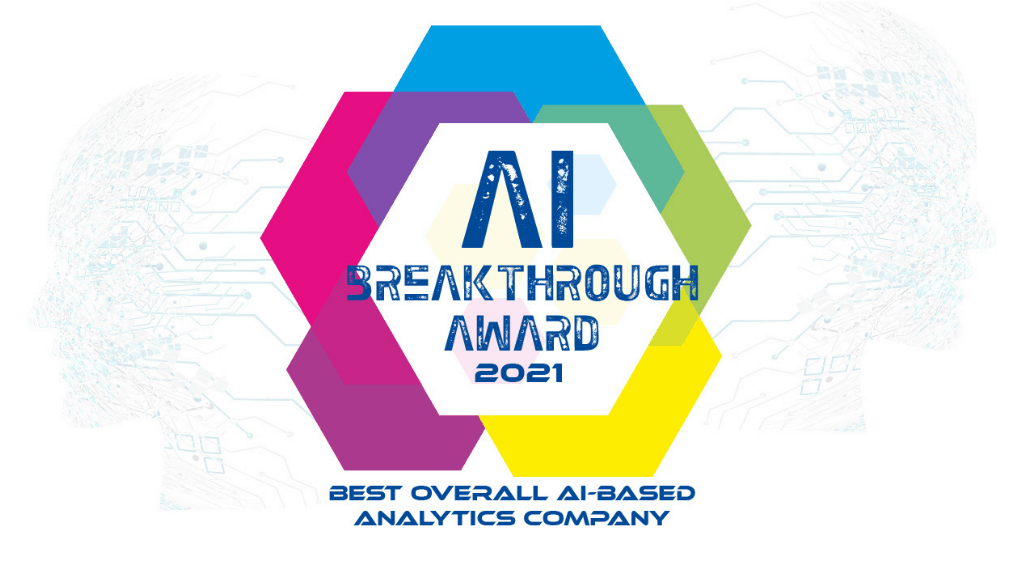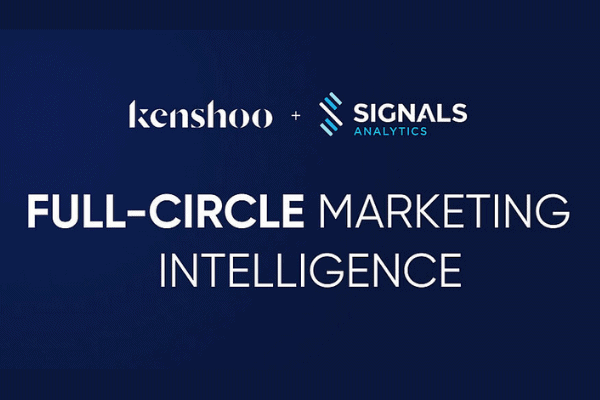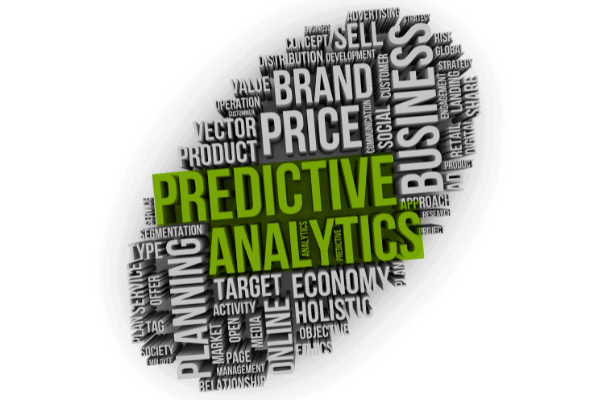
Over the last 6 months, the effects of the pandemic on consumer demand and the subsequent shifts that brands need to make with respect to their product portfolios and marketing efforts have been central to business discussions and boardroom strategies. But there has been another seismic shift in the market that has not garnered as much attention from a consumer point of view – that is, the impact of the Black Lives Matter movement and how it impacts the way consumers align with specific brands.
To be sure, in the weeks following Floyd’s death, some brands were quick to speak out in support of the movement, many fearing repercussions if they did not do so. Many brands took steps to confront racism within their companies and committed to higher employee diversity, while others made donations in support of BLM. Some companies went so far as to change their branding due to racist undertones in the name, logo, mascot, or history of the brand.
But the questions for the short and long term go much deeper than that. Companies are asking themselves:
- What sort of brand activities as a response to BLM have been well received by consumers?
- What proportion of people would boycott a brand that didn’t support BLM?
- What proportion of people would boycott a brand that had racist origins?
- What would it take for a brand to leave behind its racist origins for good?
- What was the consumer reaction to a particular brand’s announcement of intended activity?
- How should brands tailor rebranding announcements to avoid alienating consumers?
- How do brands support the movement without overshadowing their overall brand messaging?
Advanced analytics surface granular insights and market intelligence
In today’s blog post, we analyze how this once in a lifetime event can create white space opportunities for brands and we are reminded yet again how critical it is to have a cohesive and holistic data and analytics framework for navigating this new landscape.
We are living through unprecedented times, and the traditional ways of conducting market intelligence leave leaders with many blind spots. Connecting a wide range of data sources with techniques specially engineered to handle unstructured, external data sources coupled with curated taxonomies has surfaced unique understanding into the movement and how brands should be responding to it. Standard social listening tools and other analytics are simply not equipped to get into the level of granularity that is needed to parse consumer discussions for actionable cues. The fact is, the movement is very broad and results in a wide range of sentiments and outcomes that must be carefully considered.
For example, discussion volumes on social media around the Black Lives Matter movement were high, with 11M posts in only 3 months (ecosystems normally average 1M a month). The movement began to gain momentum shortly after the well-publicized death of George Floyd in May and remained in the public eye for longer than most events, sustained by subsequent police brutality incidents and the unique conditions created by the COVID-19 virus.

Lockdowns and quarantines imposed on the U.S. public meant that:
- People had more time to spend and were spending it on the internet;
- People had less in-person interaction so there was more discussion happening online;
- People needed something to focus their attention on outside the four walls of their home;
- People were accomplishing less and were looking for ways to contribute to the world.

Via its platform and applied taxonomies that are easily adjusted to accommodate new rules, Skai conducted a comprehensive analysis of public opinion about the movement and reactions to brand activity on social media channels. After collecting and classifying all relevant online posts, the analysis uncovered dozens of popular opinions, which were grouped by demographic. Our results show that People of Color have a much larger voice in this ecosystem than in other ecosystems and that they have more diverse and nuanced opinions about the movement than Caucasians do, since the movement affects them on a personal level.
Then, using advanced NLP which is able to parse out a sentence and capture sentiment with greater than 90% accuracy, the system was able to assess how people view the movement itself and how they view other’s responses to it.
Here are some representative examples:

From actionable, market intelligence and insights to action
These insights can feed into various decisions around how to portray and position the brand, and what impact certain decisions would have on consumer reactions, for example colors, shapes, images, mascots, brand ambassadors, etc. Knowing consumers are angry is one thing, understanding why and what they view as the right way brands can address the issues is another.
For example, analyzing the broad ecosystem revealed that, to create more brand affinity, it may be more important for a company to consistently and systematically support BLM instead of enacting a brand change that could in fact, end up alienating a broad swath of consumers.
————————————–
*This blog post originally appeared on Signals-Analytics.com. Skai acquired Signals-Analytics in December 2020. Read the press release.





